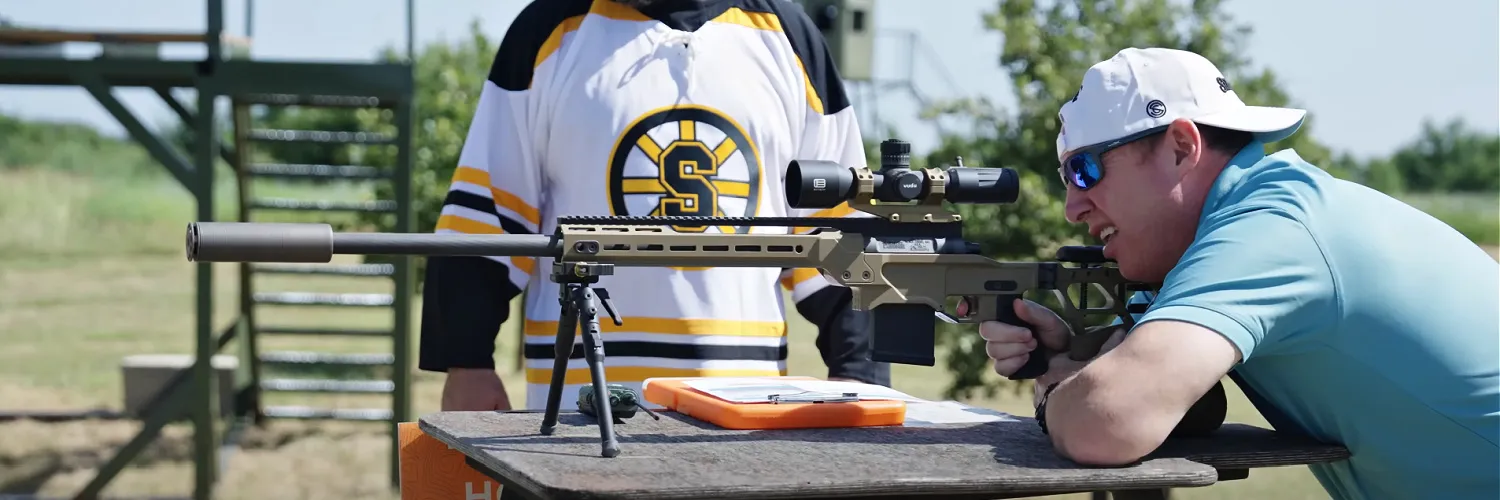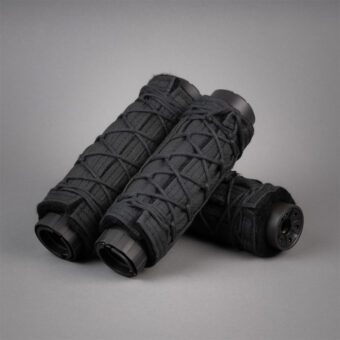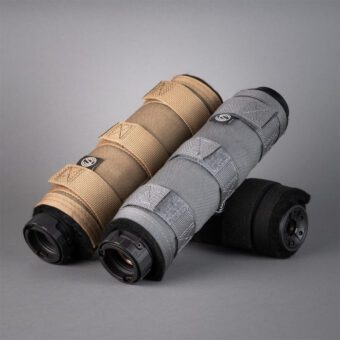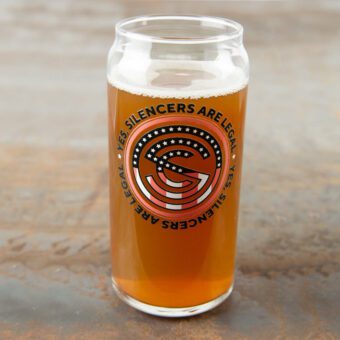What is Low Back Pressure for Silencers?
David Higginbotham
Silencers are designed to capture gasses — to rapidly cool them down and redirect them back onto themselves. However, this rapid increase in pressure isn’t always beneficial to the systems forced to contain them — and that’s why we’re talking about back pressure.
This article explores the concept of back pressure, its impact on the operating system of a host firearm, and our solution — the SilencerCo Velos LBP (Low Back Pressure) suppressor.
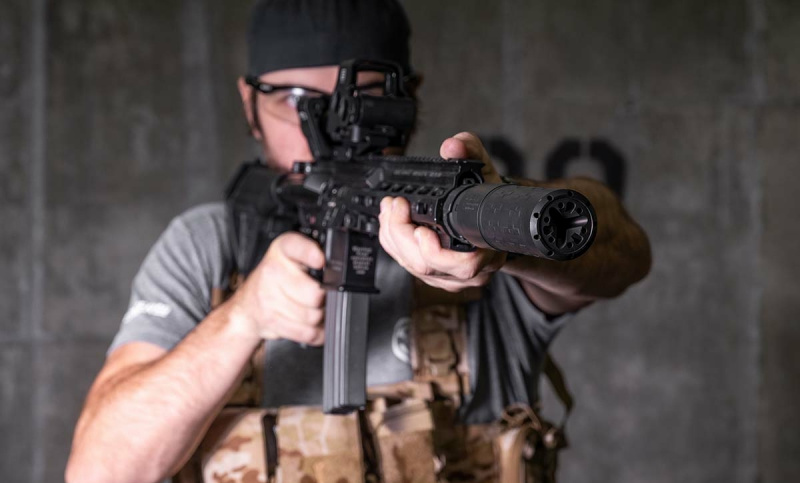
What is back pressure?
In simplistic terms, back pressure in a suppressed firearm is the restricted movement of expanding propellant gases within the barrel immediately after firing.
When the pin hits the shell, the primer ignites the powder. Under optimal working scenarios, this powder ignition results in a rapid and violent combustion. The expanding gases seek the path of least resistance, propelling the bullet down the barrel. In a closed system, pressure contributes to felt recoil, but upon bullet exit, the remaining gases escape into the atmosphere.
Sometimes, especially on some short-barreled rifles or rifle caliber pistols, the expanding gas will show itself as a fat fireball at the end of the barrel. This fireball, and any muzzle flash, is evidence of the gasses escaping.
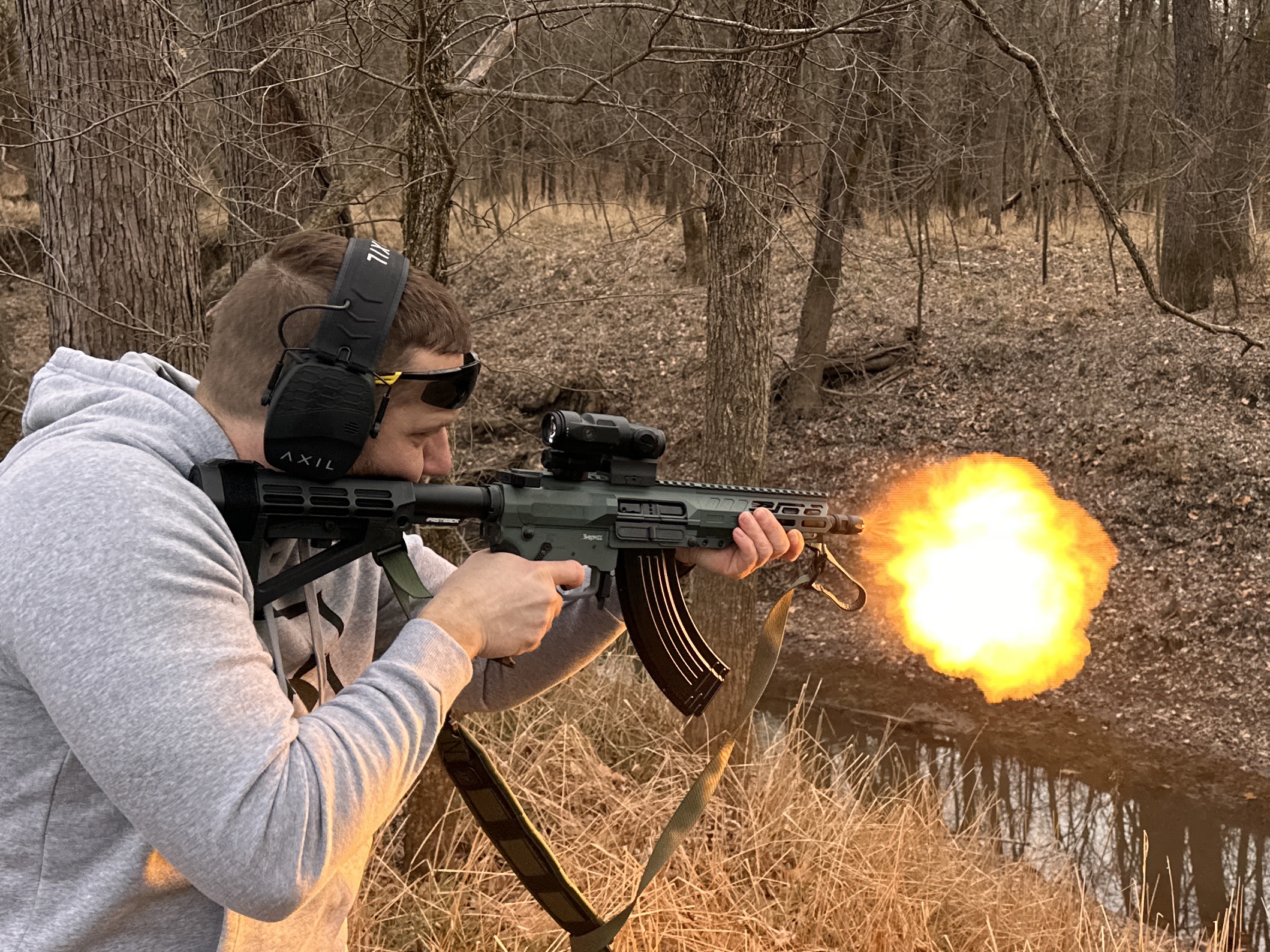
In gas-operated systems like the AR-15, some expanding gas redirects to the gas tube, influencing the bolt carrier group. However, when a suppressor is added, it captures escaping gases, leading to an instantaneous increase in pressure — a phenomenon known as back pressure.
How does a suppressor create back pressure?
Suppressors, equipped with baffles, interrupt the directional escape of gases. Some designs redirect these gases back onto themselves, escalating pressure dramatically. High back pressure is indicative of solid sound suppression in most systems.
A bolt action rifle, for example, will trap and hold the pressure, then it will abate. The result is an exceptionally quiet system ideal for hunters who may want to keep their positions hidden. It is also a popular option for precision shooters, or anyone who shoot with spotters or others close at hand.
Is back pressure bad?
Ideally, a suppressor would be as big as a coffee can, full of opportunistic baffles to channel gas away without causing issues. But this isn’t a perfect world and practical constraints limit suppressor size. You can’t make them so large that they block sights or make the system unwieldy. This narrow diameter limits the space internally where gasses can go.
In narrow-diameter designs, back pressure builds, finding alternative escape routes. In bolt actions, there are no alternate paths, but in semiautos, excess gas may force the action to cycle faster, dumping gas and soot back in the face of the shooter. This unfortunate side effect is called blowback.
Considerations for the direct impingement AR-15 reveal that a suppressor increases pressure and duration, potentially causing blowback and port noise. The balance between suppression and performance is crucial.
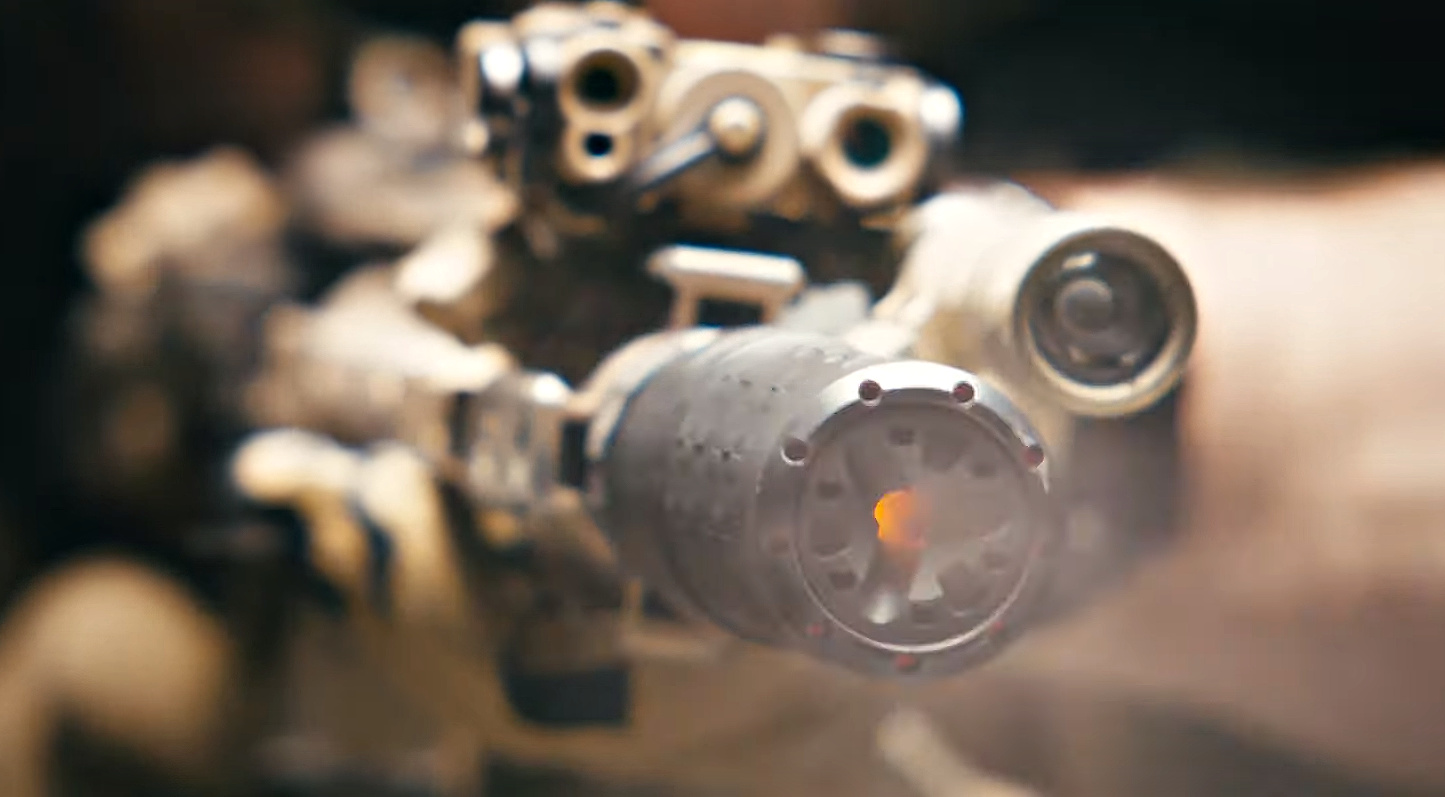
What are low back pressure suppressors?
In order to allow the gases to escape from a suppressor, the system must allow these gasses to pass through. Low Back Pressure suppression has a reputation for being louder than well closed systems. On the surface, that would seem to defeat some of the purpose.
Low Back Pressure designs are often seen as a compromise — sacrificing sound suppression is a tradeoff for improved performance, comfort and safety of the shooter, and reasonable flash suppression.
It doesn’t have to be this way, though.
The SilencerCo Velos LBP
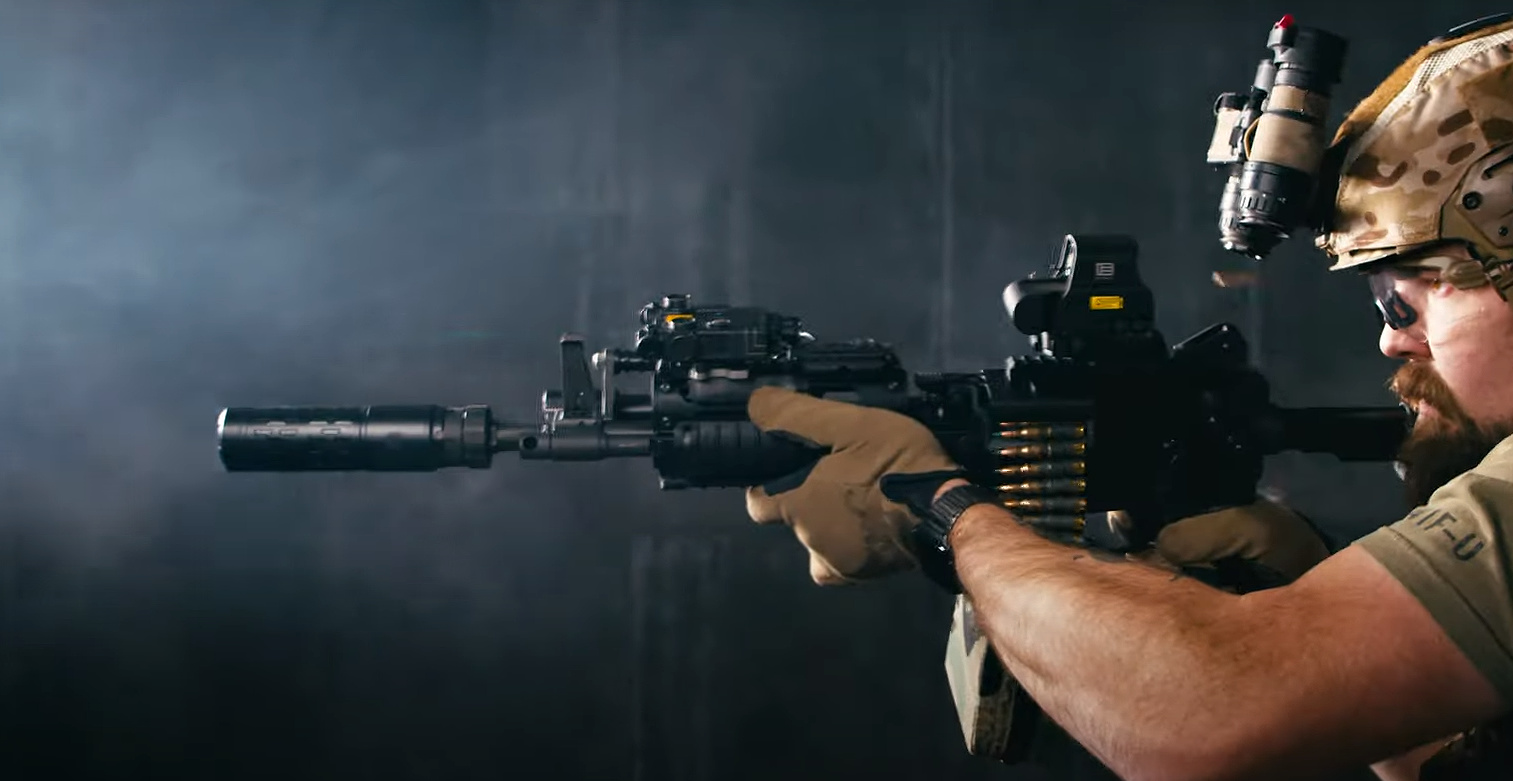
The Velos LBP (Low Back Pressure) is a dedicated 5.56 suppressor that directs gas forward and allows some to escape through its inverted Charlie Flash Hider. It is a Low Back Pressure design, yet it keeps sound levels below the 140 dB threshold, past which point hearing damage occurs.
It is this sound suppression that makes the Velos LBP distinct and marks a new direction in silencer technology.
The Velos LBP is ideal for semiautomatic platforms — when fast follow-up shots are required. The pressure reduction inside the suppressor allows for actions to function almost as if they weren’t suppressed at all.
As such, the Velos LBP has become the go-to for full-auto 5.56 platforms. The suppressor has no barrel length restrictions, either, allowing for optimal performance on rifles and SBRs, alike.
Choosing the Right Suppressor
The Velos LBP stands out for its ability to manage back pressure effectively. This results in multiple benefits: reduced wear on the gun, optimal action timing, prevention of soot expulsion, and ensured hearing-safe sound levels.
In short, the SilencerCo Velos LBP showcases the evolution of silencer technology. Check out more details on the Velos LBP:



